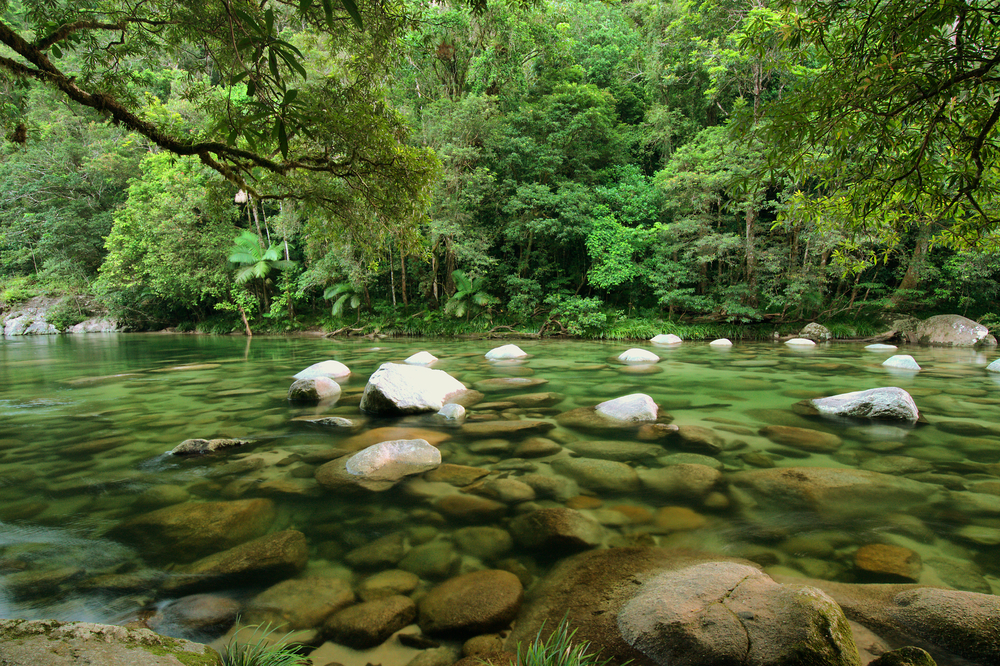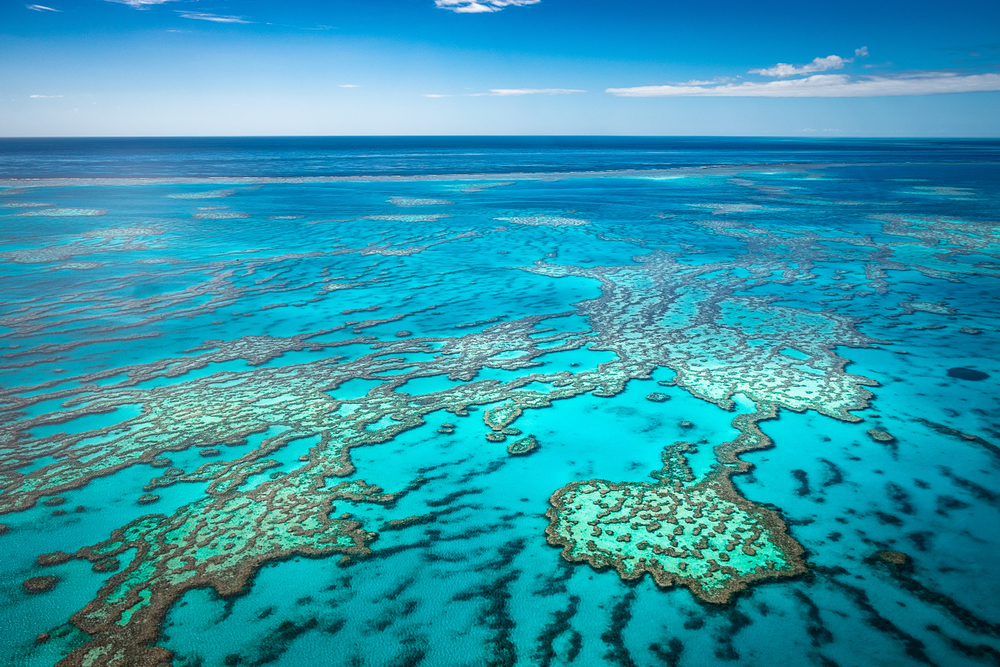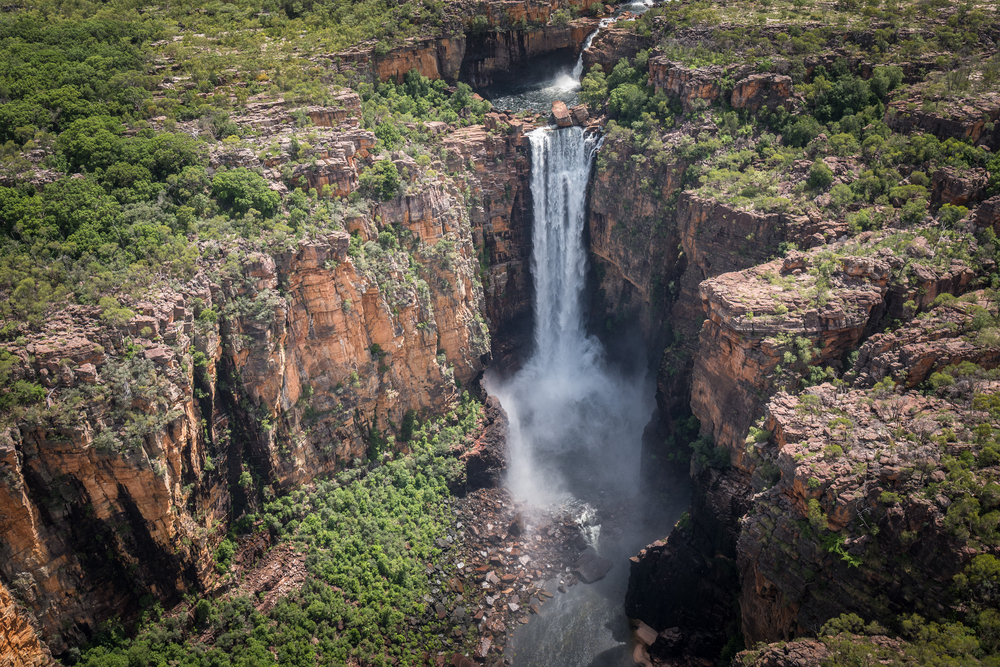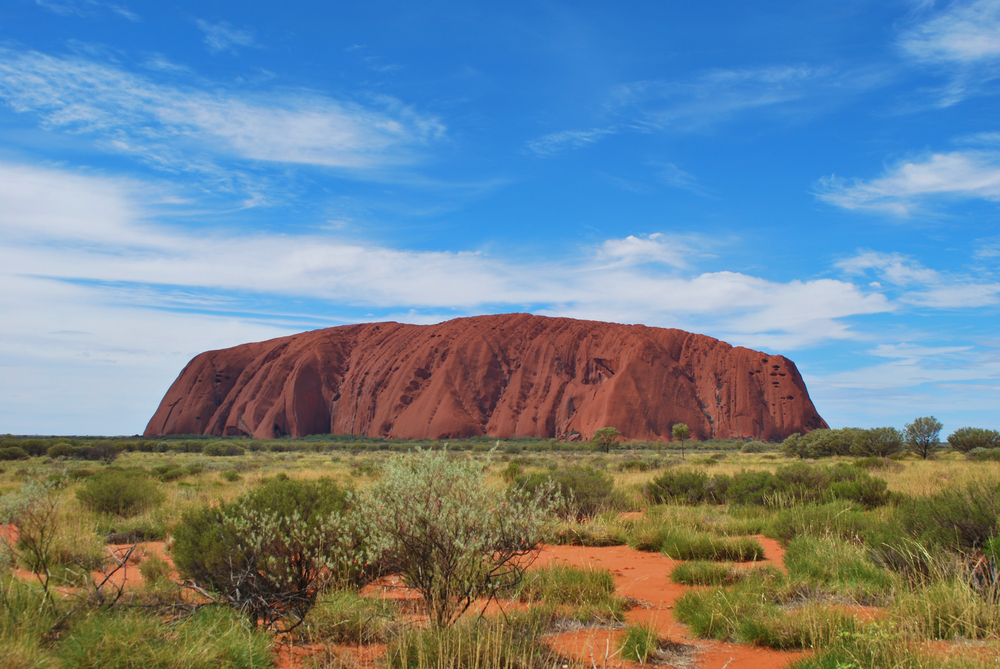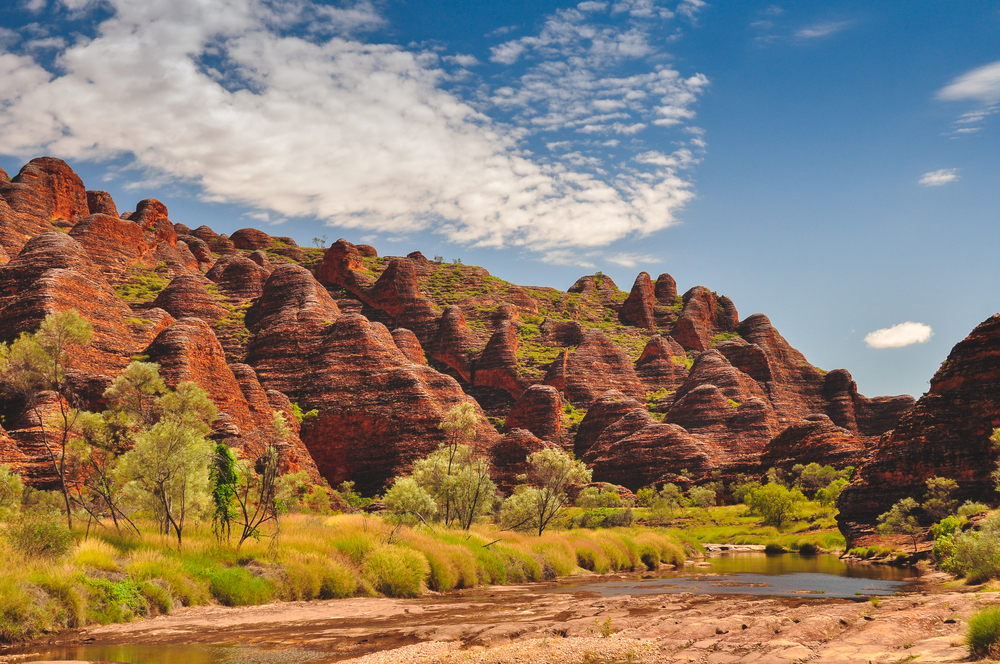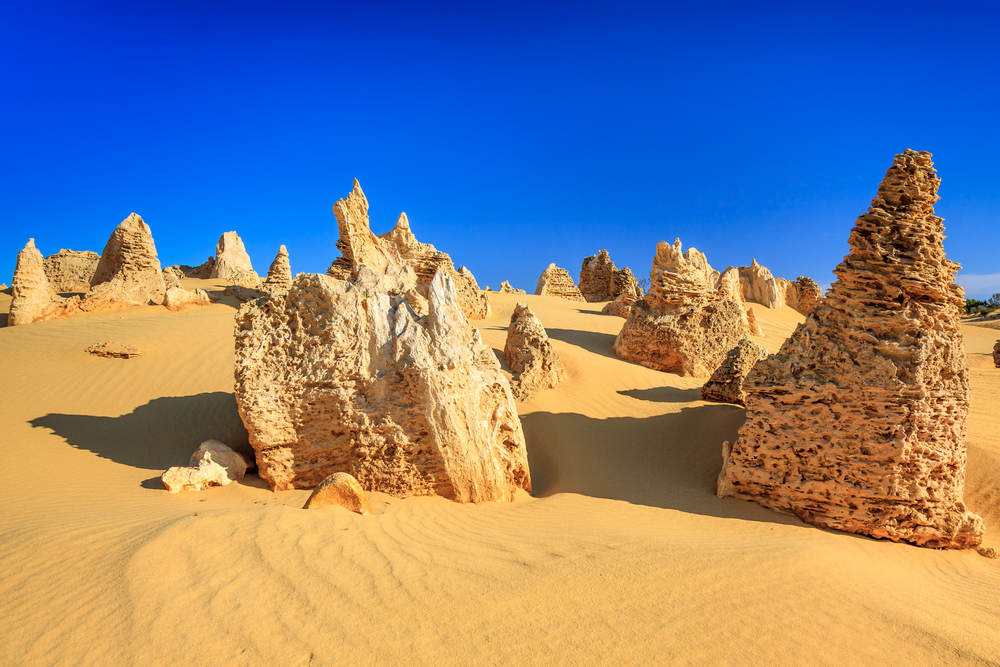Royal Overview
Royal National Park, known in English as Royal National Park, is a storied and expansive sanctuary spanning approximately 151 square miles (392 square kilometers) of breathtaking Australian wilderness.
Situated just south of Sydney in New South Wales, this park, established in 1879 as one of the oldest national parks in the world, offers a vibrant tapestry of landscapes that ranges from rugged coastal cliffs to tranquil forested valleys and secluded beaches.
The park’s diverse terrain is marked by dramatic sandstone cliffs, rolling hills, and densely wooded areas that harbor pockets of rare vegetation and ferns, providing an immersive experience for visitors seeking both adventure and solitude.
Notable landmarks such as Wattamolla, with its shimmering lagoon and cascading waterfall, captivate onlookers and serve as popular spots for picnicking, swimming, and quiet reflection amidst nature’s splendor.
In exploring the park, visitors are greeted by a mosaic of natural environments where eucalyptus groves blend with heathland and wildflower-strewn clearings. The sinuous Coast Track offers a scenic route along the dramatic shoreline, while secluded coves and rocky outcrops invite further exploration and discovery.
These varied landscapes support a rich array of flora that includes towering trees, delicate shrubs, and an assortment of wild grasses that change with the seasons. The interplay of light and shadow over ancient rock formations and dense forest patches creates a timeless quality, enhancing the park’s appeal as a living canvas of natural artistry.
Wildlife in Royal National Park is abundant and diverse, adding to the allure of this cherished landscape. Visitors may encounter familiar Australian mammals such as kangaroos and wallabies quietly grazing in sunlit clearings, while the more elusive wombat and echidna are spotted along forest trails.
Birdwatchers will delight in the calls of kookaburras echoing through the trees and the sight of soaring sea eagles and colorful lorikeets darting over the treetops. Reptiles and amphibians, integral to the park’s ecological balance, thrive in the moist undergrowth and near freshwater sources, creating a dynamic ecosystem that fascinates naturalists and casual observers alike.
Royal National Park is not only celebrated for its natural beauty but also for its array of recreational and educational opportunities. Hiking, cycling, birdwatching, and boating are among the favorite pastimes for visitors who come to explore the park’s well-established trails and waterways.
The Audley area provides a welcoming base with boating facilities, picnic spots, and opportunities for guided tours that offer insights into the park’s history and ecological importance. Conservation challenges such as bushfire management, invasive species, and the pressures of increasing tourism are actively addressed by dedicated park authorities.
Their successful initiatives in habitat restoration and sustainable visitor management have helped preserve the park’s pristine environment while educating the public about the importance of protecting Australia’s unique biodiversity.
Royal National Park continues to evolve as a natural haven and a living classroom, where every visit offers a fresh perspective on the delicate balance between human enjoyment and environmental stewardship.












































































